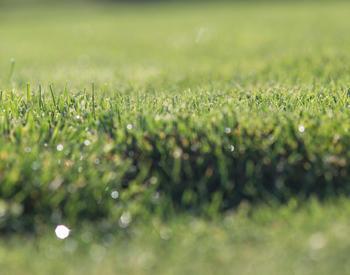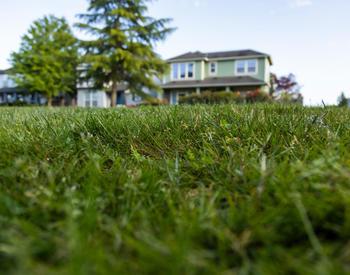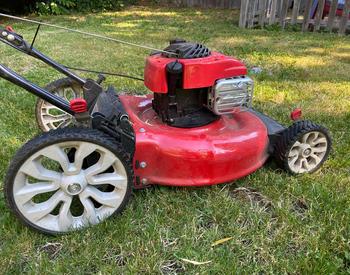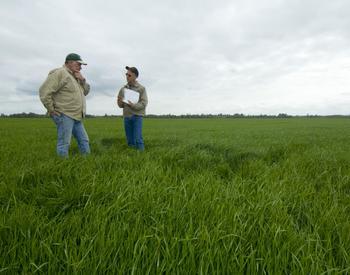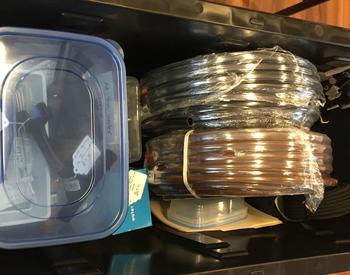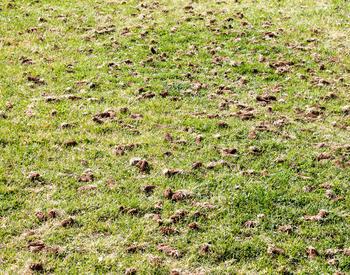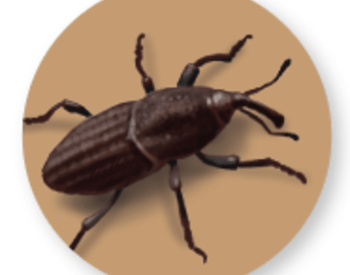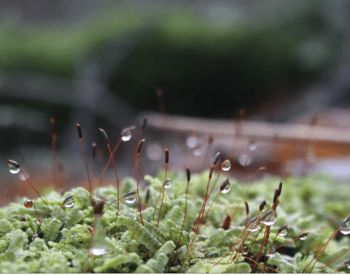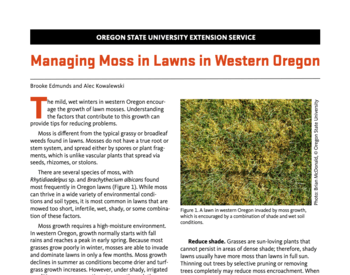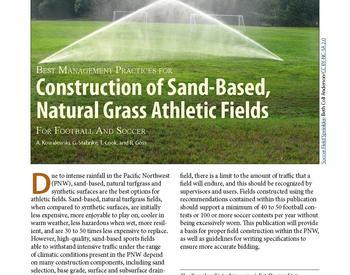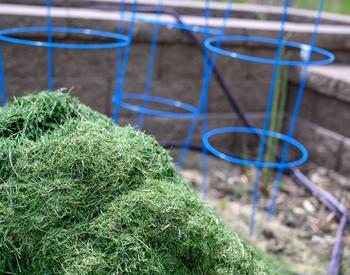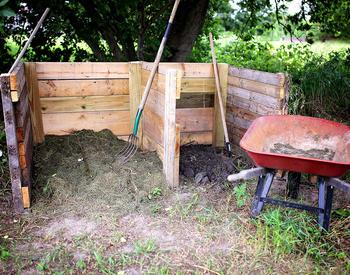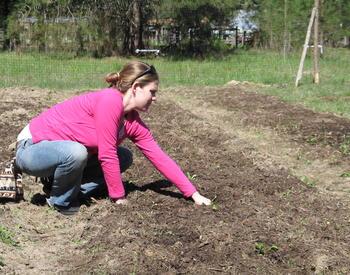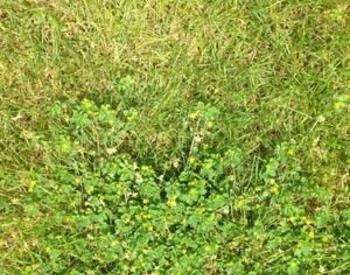CORVALLIS, Ore. – Mushrooms come and go with rainy times in Oregon, but will the mushrooms that show up like unexpected guests in your lawn and garden do any harm?
"Don’t be alarmed," said Susie Dunham, mycologist and pesticide specialist with the National Pesticide Information Center at Oregon State University. "Mushrooms are the reproductive structures of fungi and may indicate healthy soil for trees and other plants to grow in."
Fungi and bacteria play an integral role in the earth. They break down complex organic compounds of proteins, carbohydrates and fats into their most basic elements that can be used by other generations of organisms.
"Plants don’t have mouths or stomachs," Dunham said. "They rely on soil fungi and bacteria to digest nutrients for them. In return, they feed soil organisms with sugars they make in photosynthesis."
Underground, below the mushrooms, are thread-like networks called hyphae. Some attach to plant roots, creating filaments that reach far into the soil, increasing the surface area of plant roots up to a thousand times. Fungal hyphae and plant roots working together are called mycorrhizae.
Oregon’s forest trees and many native and landscape plants depend on fungi and mycorrhizal relationships for optimal health and growth. A thimbleful of soil can contain miles of mycorrhizal filaments.
The mycorrhizal filaments of fungi also produce organic compounds that glue soils together and improve their structure and porosity to enhance root growth. In addition, mycorrhizae in the soil have been found to suppress soil-borne pathogens and protect plants from root diseases.
"It adds up to a fundamental mutualistic relationship between fungi and green plants, one that has been evolving for millions of years," Dunham said. "Most plants – from orchids, rhododendrons and madrone trees to most fruit and nut trees, turf grasses, annuals and perennials – depend on some type of fungal activity."
Mycorrhizal fungi are not fertilizers, although a fungal inoculation of roots can improve a plant’s growth rate and tolerance to drought and disease. "Landscapes that have been stripped of topsoil or otherwise degraded can be improved with the addition of mycorrhizae to the soil," Dunham said. "Over-watering, over-fertilization and use of fungicides can eliminate mycorrhizae usefulness or even kill the fungi."
As more is learned about these underground powerhouses, more suppliers are providing mycorrhizae to nurseries and landscapers. Purchased mycorrhizal fungi often are mixed with other beneficial organic matter.
Despite their benefits to soil, you might want to remove mushrooms from your yard if you are worried that they could be poisonous and harmful to children or pets. Simply rake them and bury them in the compost pile. But be ready to see a new crop spring up, as they sprout new fruiting bodies in a day or so. Fungicide chemicals to get rid of mushrooms may be ineffective because the fungus mycelium may be several feet below the soil surface.
After a while, however, the mushrooms will stop sprouting, and the mass of hyphae will live unobtrusively in the soil for another year.
